Lesson 2: Helping to solve problems
Lesson 2
Helping to solve problems
AAC Self Study Course

Adapted from Penn State Mentor Project
AAC Self Study Course

Adapted from Penn State Mentor Project
|
In this lesson, you will learn techniques to help a young person solve a problem. You might also find the information useful when solving your own problems. |
 |
|
Young people who use AAC may have some goals that they want to achieve. For example, their goals might include graduating from high school, getting a job, making friends, or living in the community. They will be more likely to meet their desired goals if they use an effective strategy to plan and solve problems. |
 |
|
Not all problems have simple solutions. Not all goals will be achieved. You can help by guiding the person to solve their own problems. This can be much more effective than just advising them or telling them what you think the right answer is. | 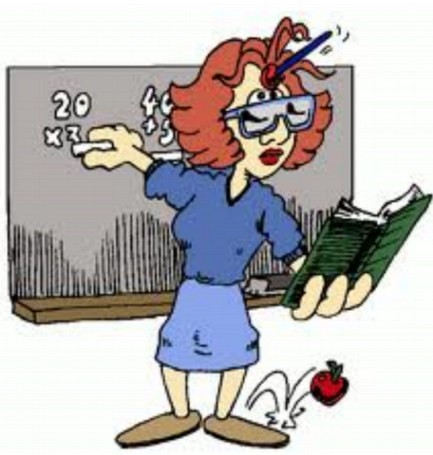 |
|
You can help the person by asking questions that will encourage them to:
|
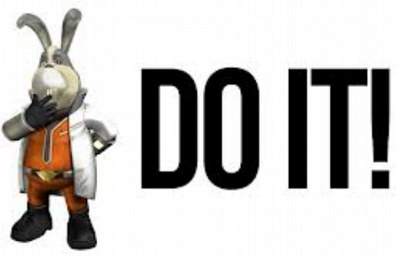 |
|
It's called the "DO IT!" technique.
|
 |
| Describe goal or |
|
| Outline various plans |
|
| Identify the best plan |
|
| Take Action |
|
| Celebrate Success!!! |
|
|
Here is an example of an interaction where Nadia asks questions to help Lisa solve a problem. Lisa is 18 years old and in high school. She is very social and has lots of friends. She uses a wheelchair and communicates using a speech-generating device. |
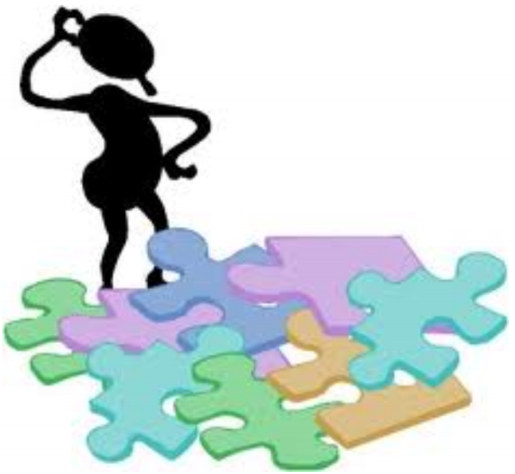 |
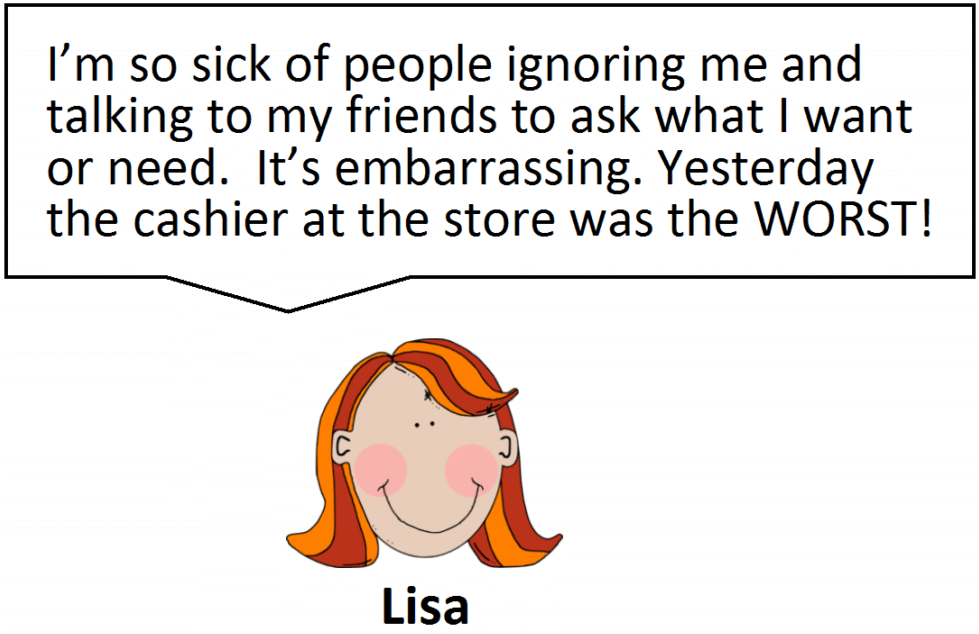
|
Using the DO IT! Strategy, Nadia works with Lisa to guide her to find solutions to her problem. First, she asks Lisa to describe the problem in more detail. |
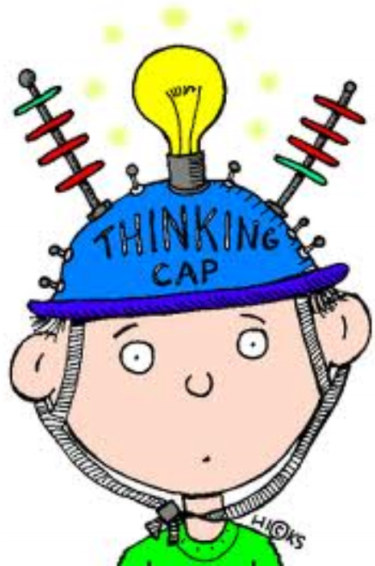 |
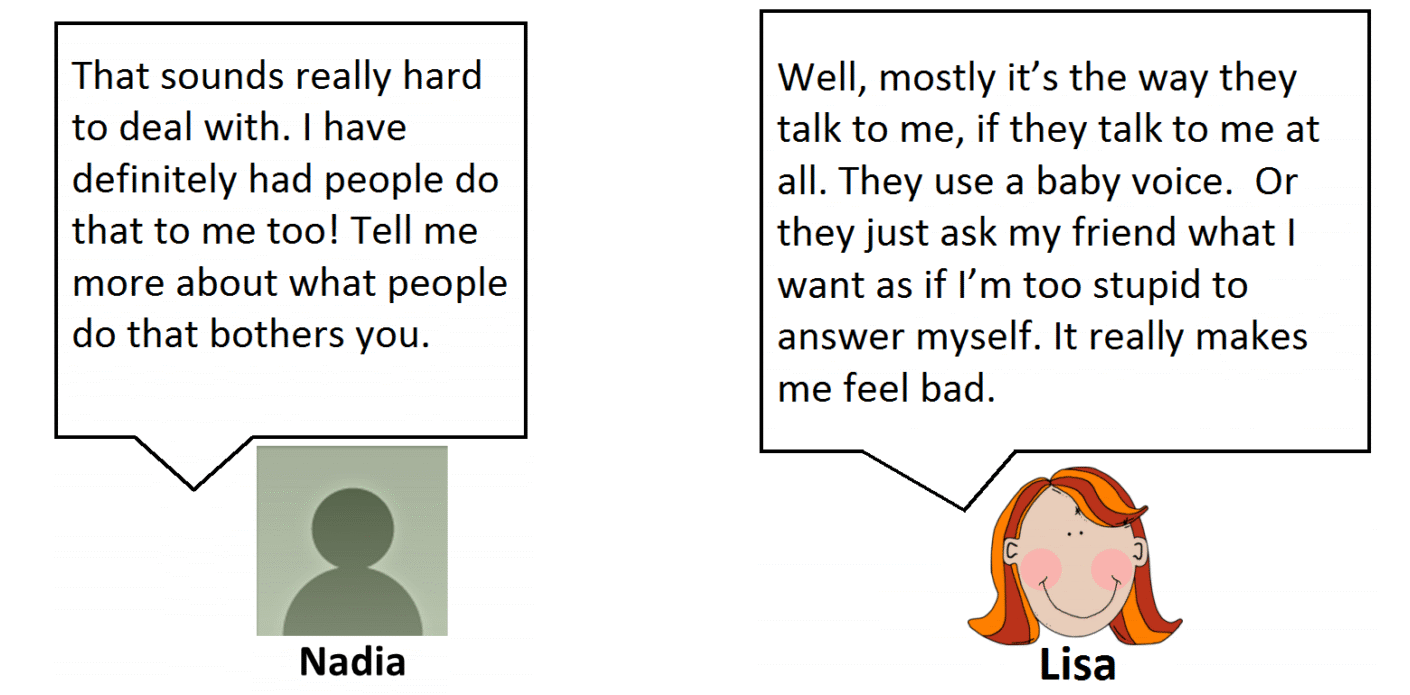
|
Nadia now asks Lisa to outline different ways to solve the problem. This is important because she wants Lisa to consider many different approaches before choosing the best one. |
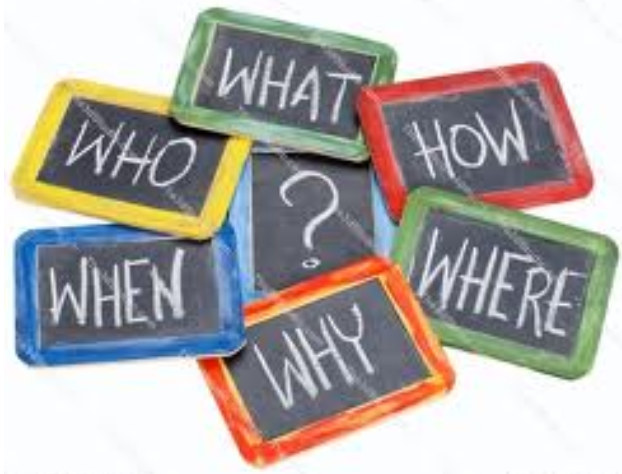 |
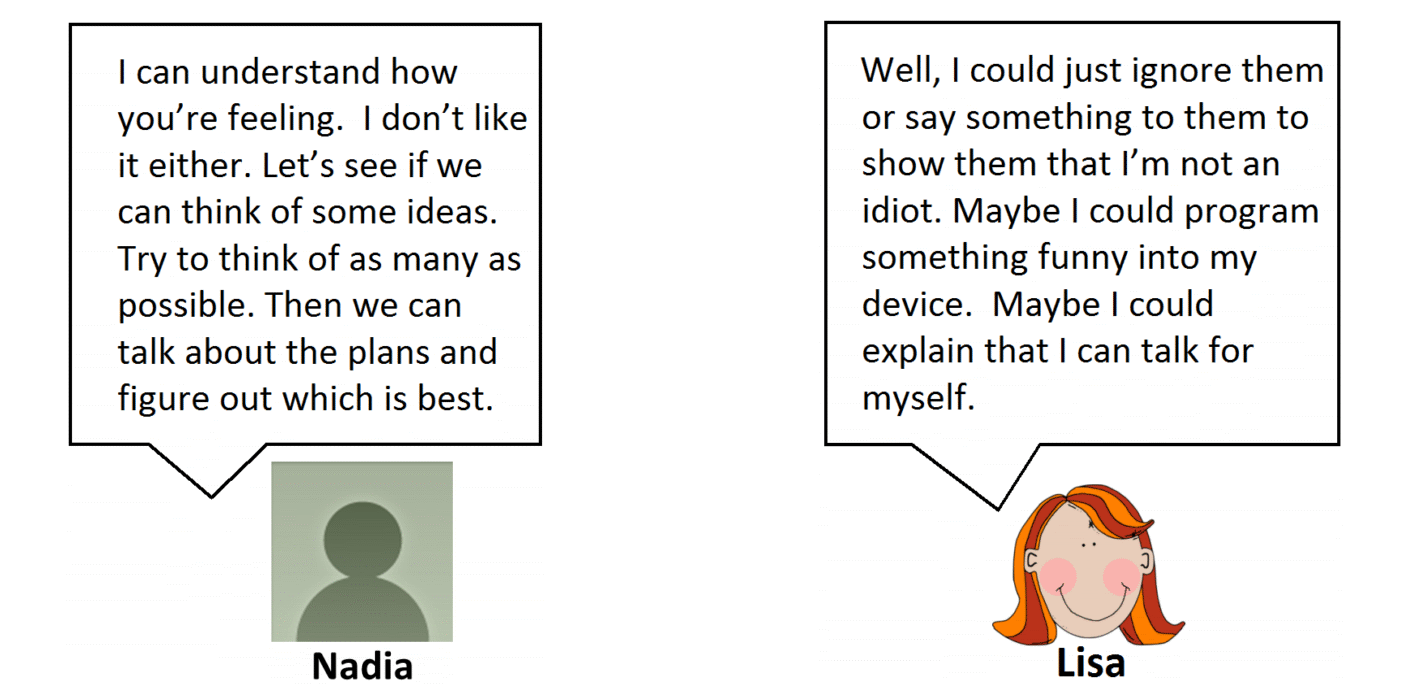
|
With Nadia's help, Lisa has come up with some good ideas for solving the problem. Now, Nadia asks her to think about the outcomes of each option so that she can choose the best plan. |
 |
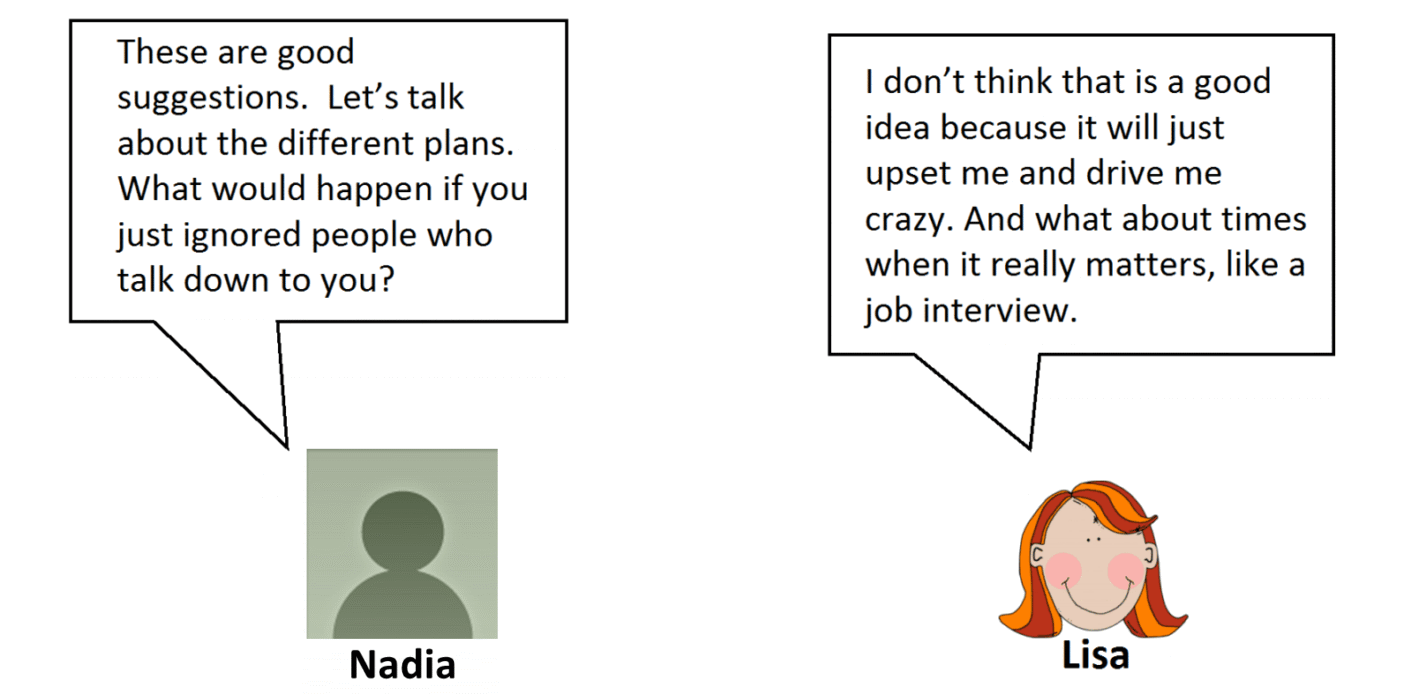
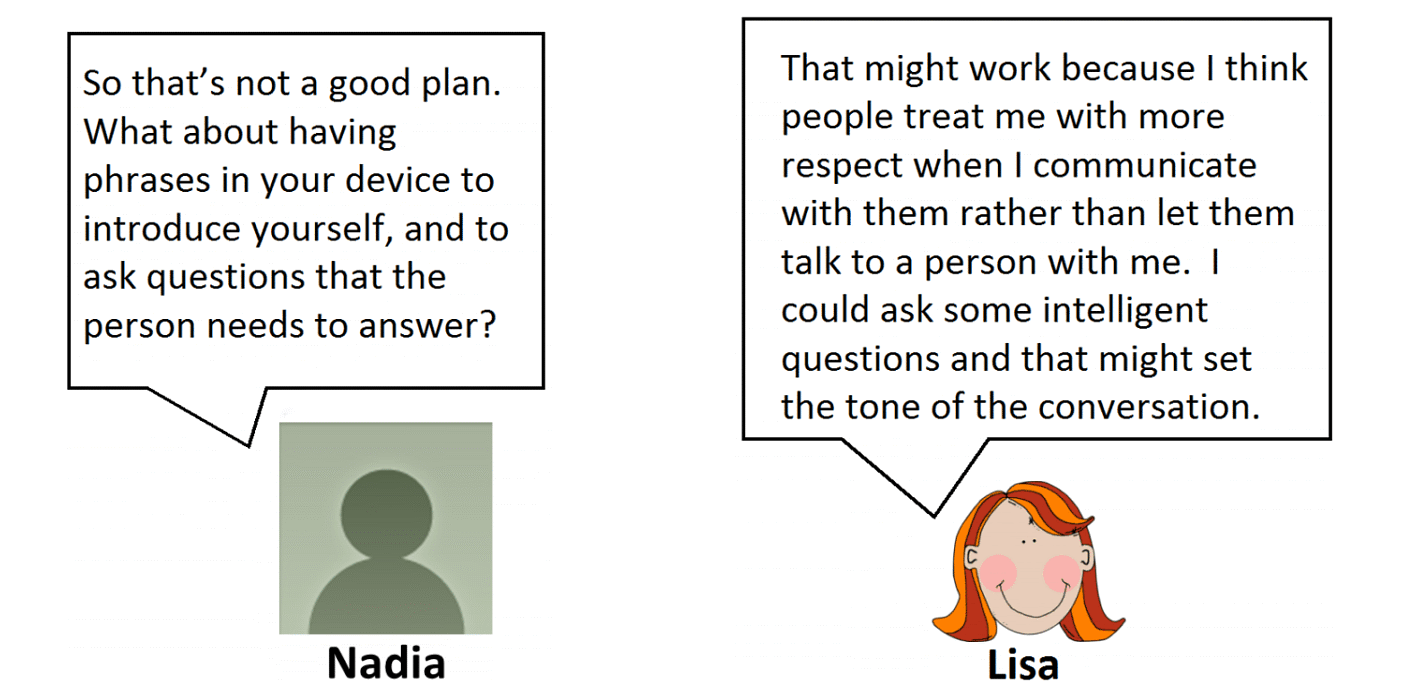
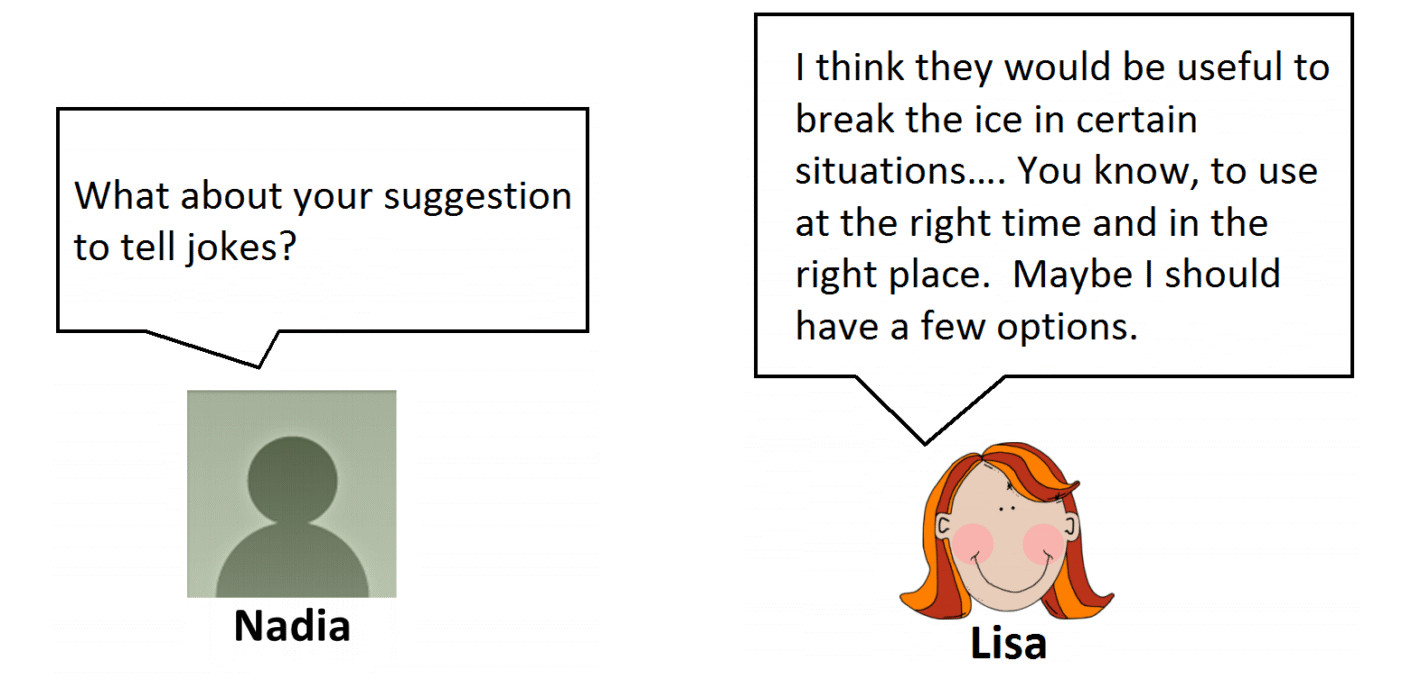
|
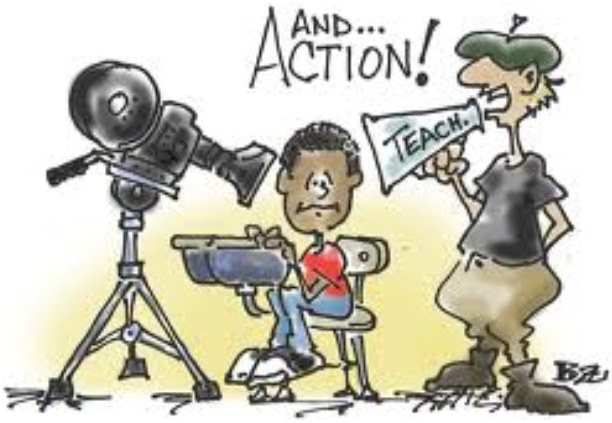 |
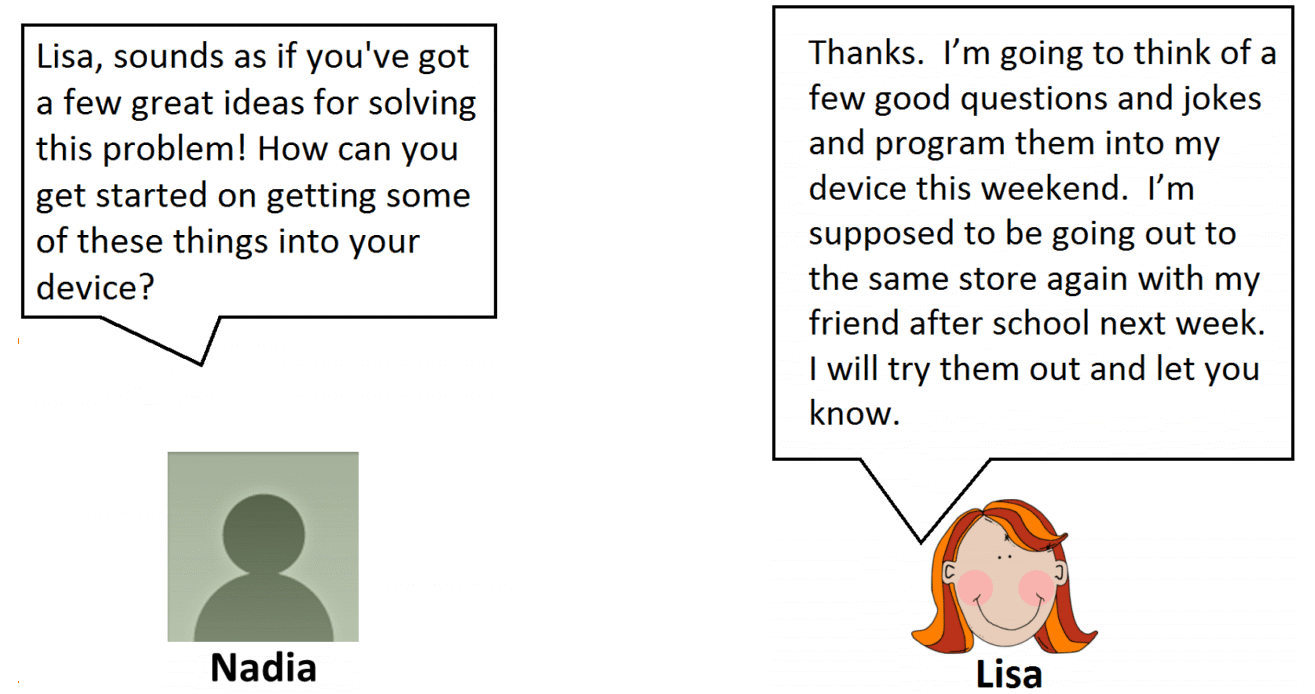
|
Nadia will check in with Lisa to find out if her plan works. If it doesn't, she goes through the DO IT Steps again with Lisa. When successful, Nadia congratulates Lisa and encourages her to use the DO IT! Strategy to solve future problems. |
 |
|
She asked Lisa to DESCRIBE the specific problem. She asked her to OUTLINE different ways to solve the problem. She asked Lisa to IDENTIFY the consequences of each of these options and choose the best plan. She encouraged Lisa to TAKE ACTION and will check in on her progress. She will CELEBRATE SUCCESS when Lisa reaches her goal! |
 |
|
James is 16 years old and in high school. He is shy, likes to read and has just moved to a new school. He uses a wheelchair and communicates using a board that he points to in order to spell out his messages. Alok is an adult who uses AAC and who is supporting James. |
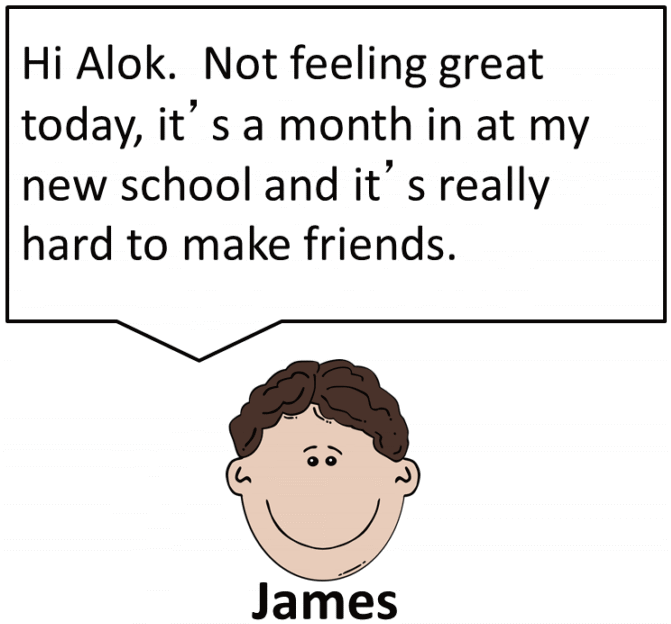
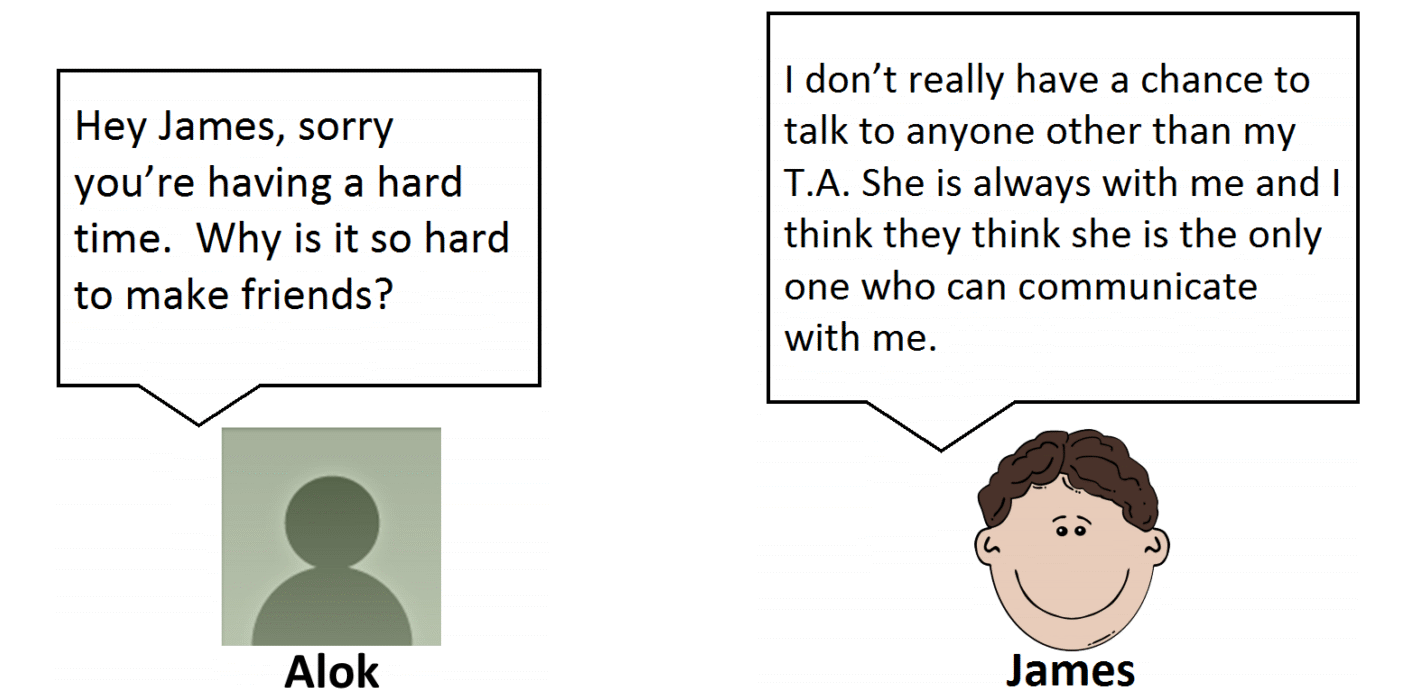
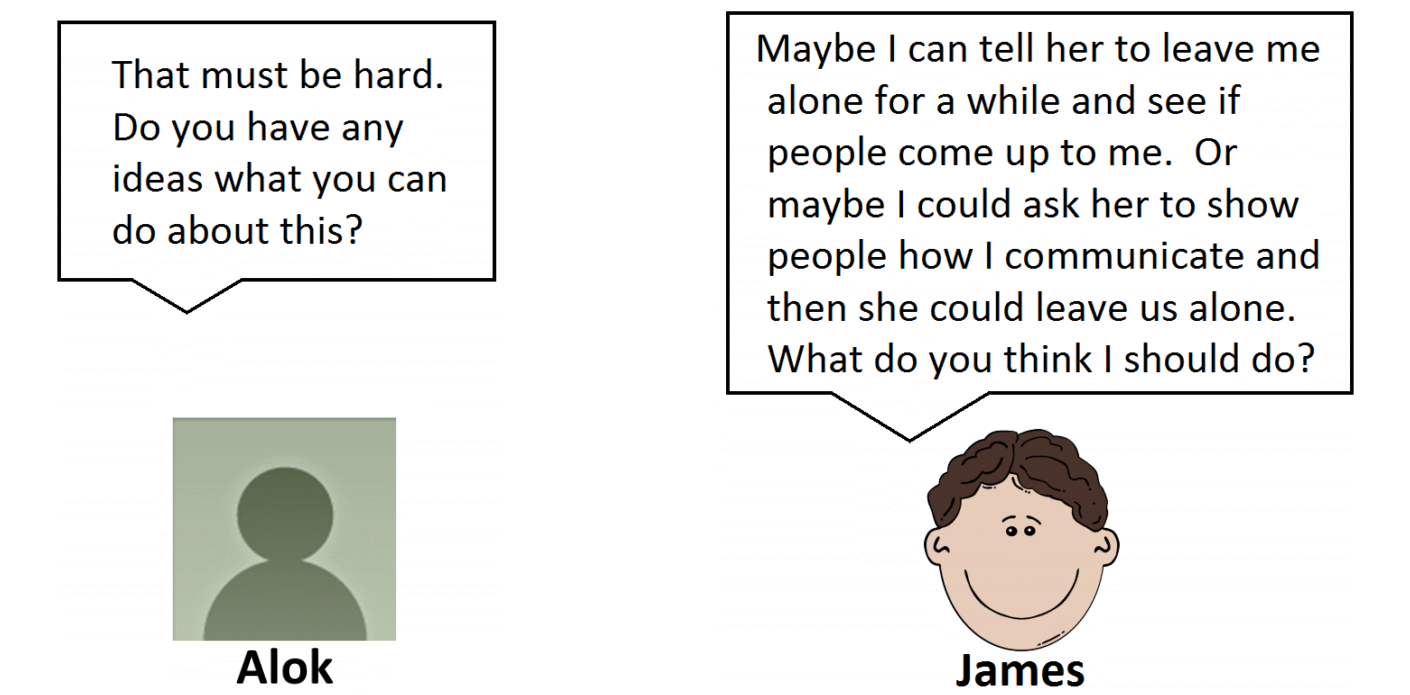
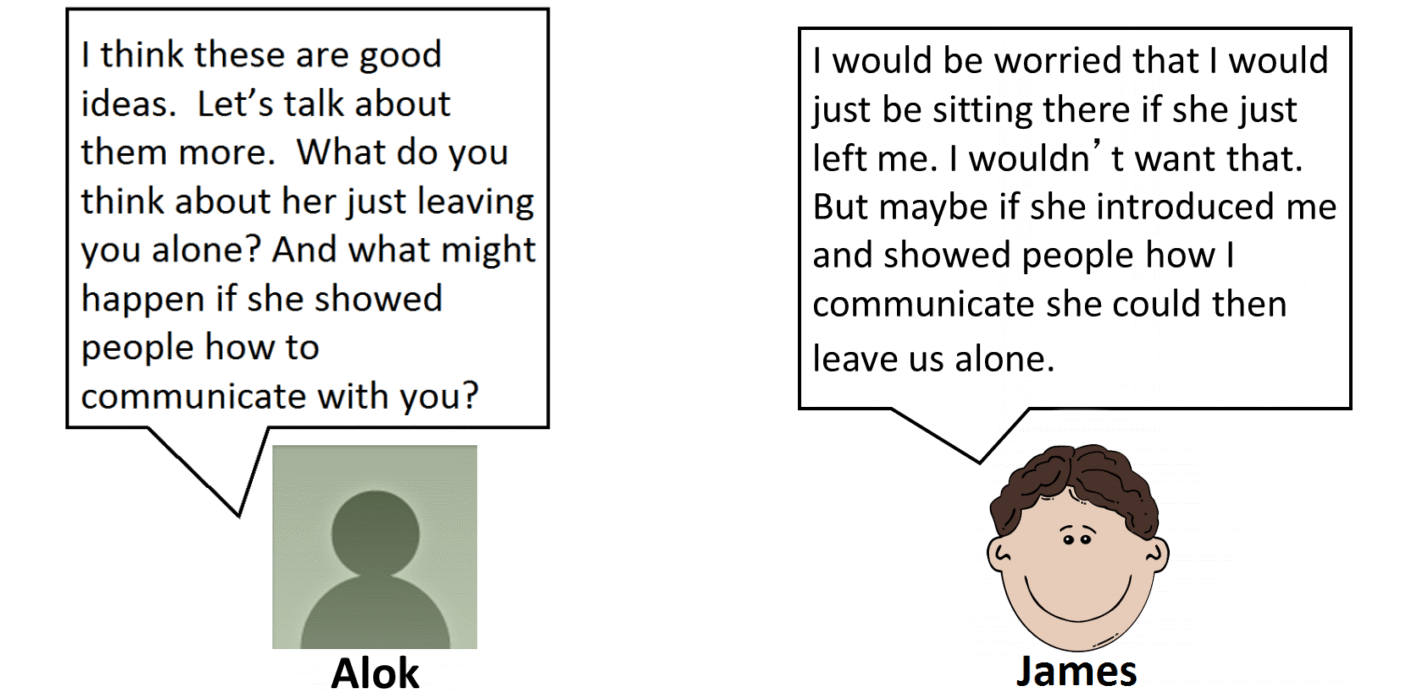
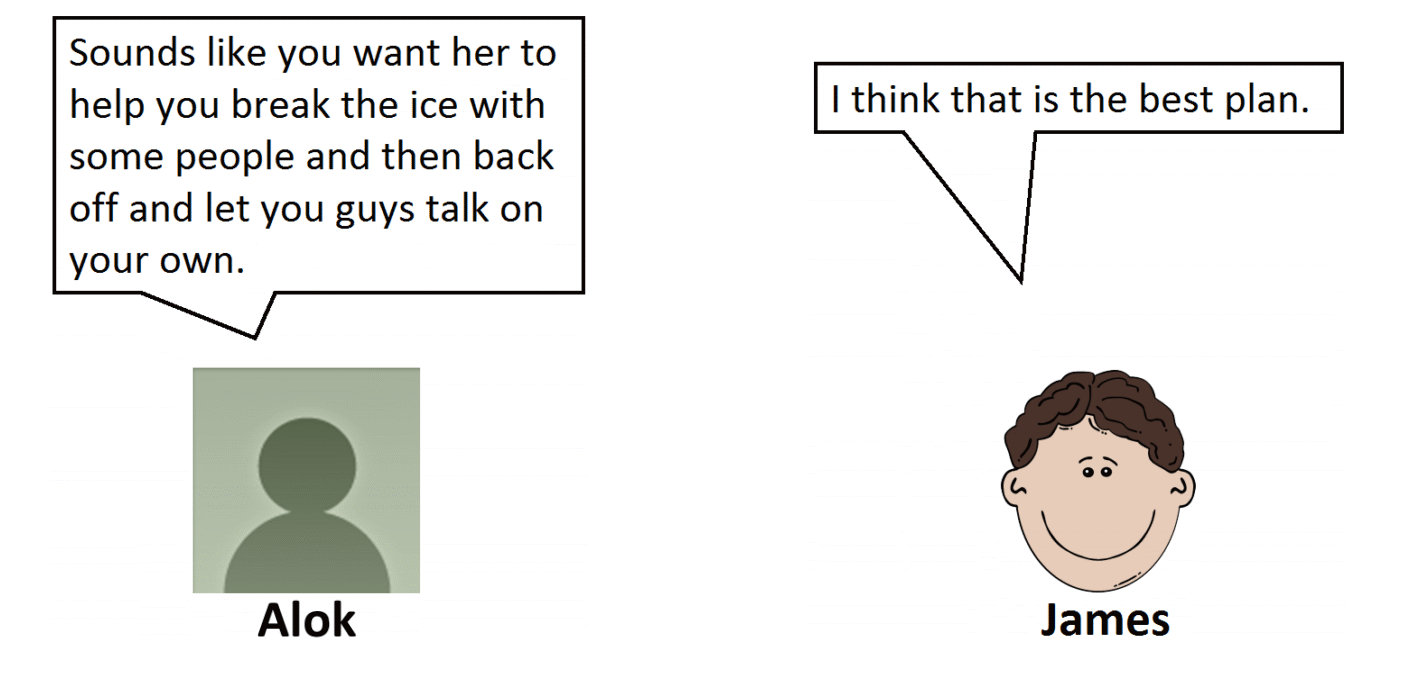
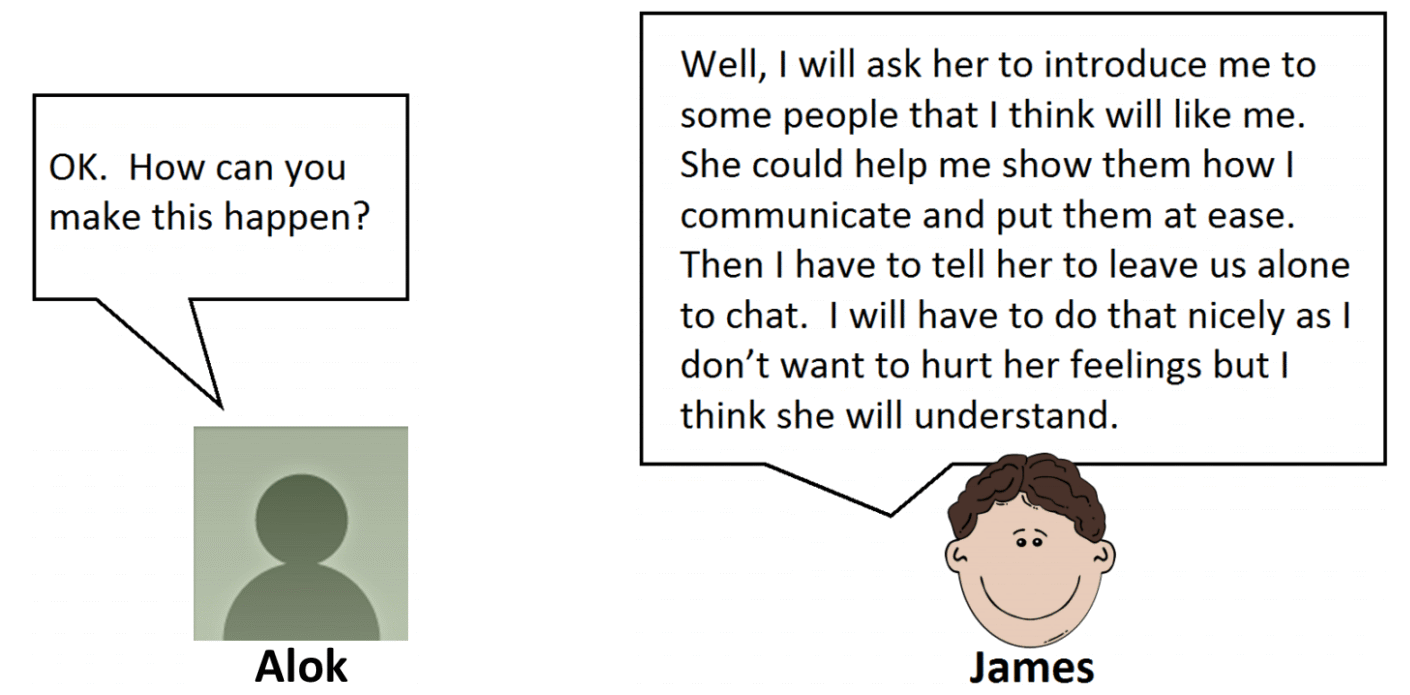
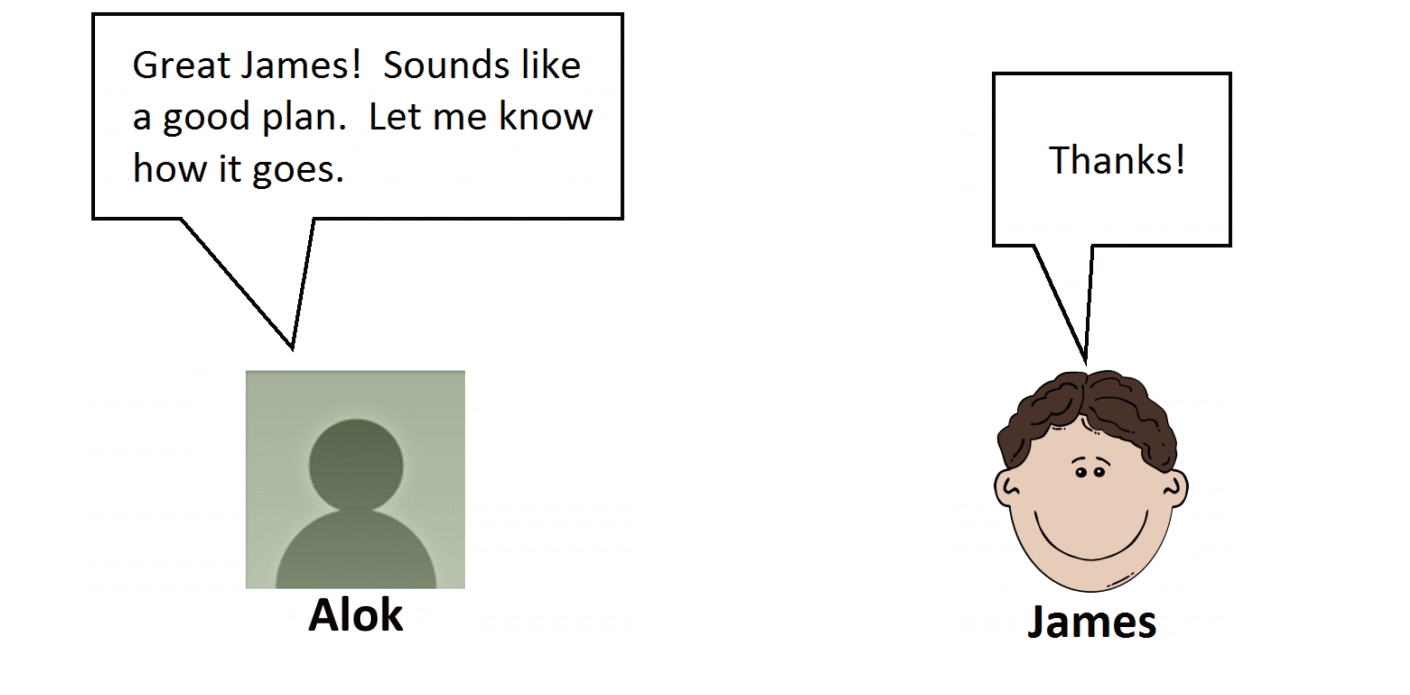
|
Alok asked James to DESCRIBE the specific problem. He asked him to OUTLINE different solutions. He asked James to IDENTIFY the consequences of each of these options and choose the best plan. He encouraged James to TAKE ACTION and will check in on his progress. He CELEBRATED SUCCESS when James reached his goal! |
 |
You have finished Lesson 2.
Tell us what you think by completing this quick survey.